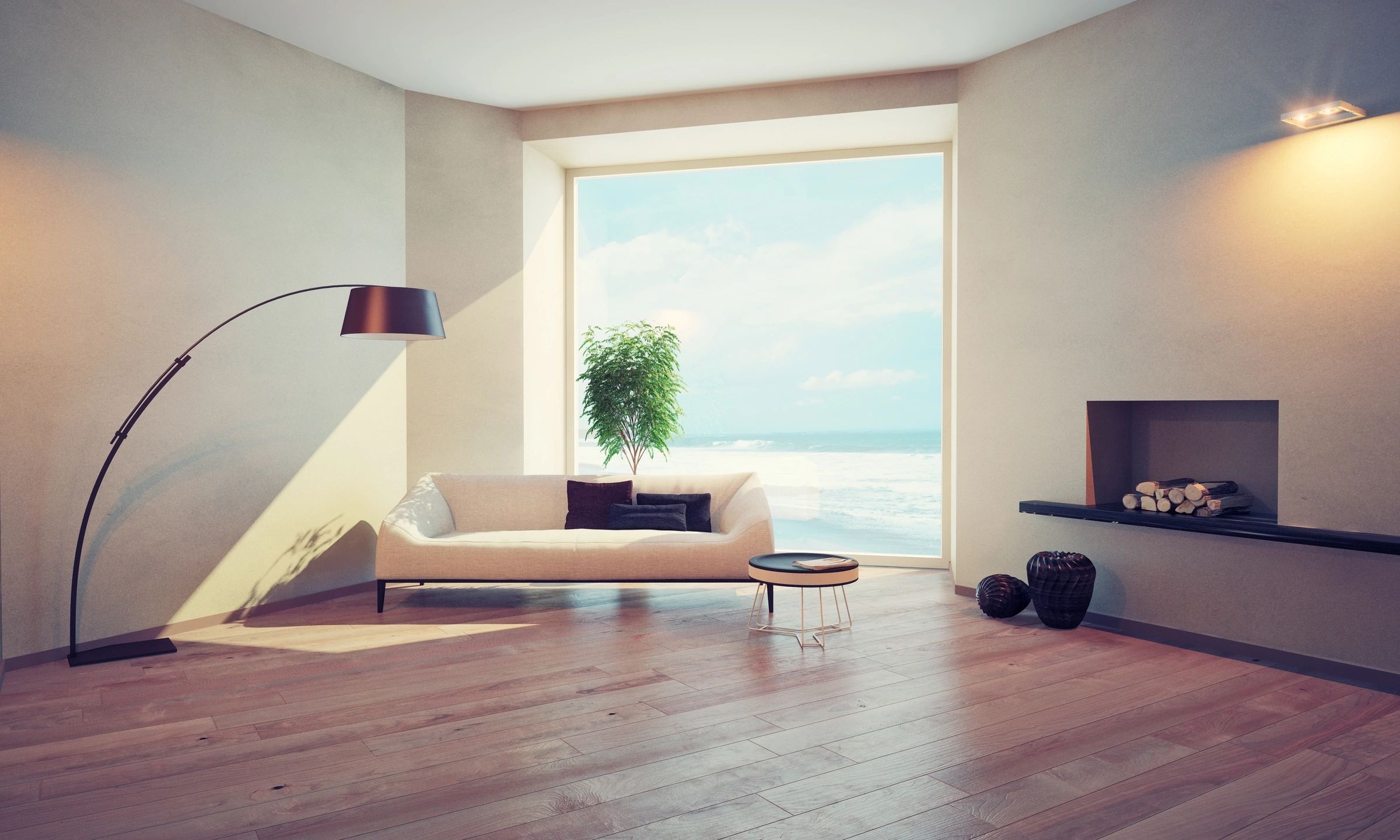
06 May Minimalist design and architecture
The term minimalism is also used to describe a trend in design and architecture, wherein the subject is reduced to its necessary elements. Minimalist architectural designers focus on the connection between two perfect planes, elegant lighting, and the void spaces left by the removal of three-dimensional shapes in an architectural design.
Minimalistic design has been highly influenced by Japanese traditional design and architecture. The works of De Stijl artists are a major reference: De Stijl expanded the ideas of expression by meticulously organizing basic elements such as lines and planes.[citation needed] With regard to home design, more attractive “minimalistic” designs are not truly minimalistic because they are larger, and use more expensive building materials and finishes.
There are observers who describe the emergence of minimalism as a response to the brashness and chaos of urban life. In Japan, for example, minimalist architecture began to gain traction in the 1980s when its cities experienced rapid expansion and booming population. The design was considered an antidote to the “overpowering presence of traffic, advertising, jumbled building scales, and imposing roadways”. The chaotic environment was not only driven by urbanization, industrialization, and technology but also the Japanese experience of constantly having to demolish structures on account of the destruction wrought by World War II and the earthquakes, including the calamities it entails such as fire. The minimalist design philosophy did not arrive in Japan by way of another country as it was already part of the Japanese culture rooted on the Zen philosophy. There are those who specifically attribute the design movement to Japan’s spirituality and view of nature.
Architect Ludwig Mies van der Rohe (1886–1969) adopted the motto “Less is more” to describe his aesthetic. His tactic was one of arranging the necessary components of a building to create an impression of extreme simplicity—he enlisted every element and detail to serve multiple visual and functional purposes; for example, designing a floor to also serve as the radiator, or a massive fireplace to also house the bathroom. Designer Buckminster Fuller (1895–1983) adopted the engineer’s goal of “Doing more with less”, but his concerns were oriented toward technology and engineering rather than aesthetics.



